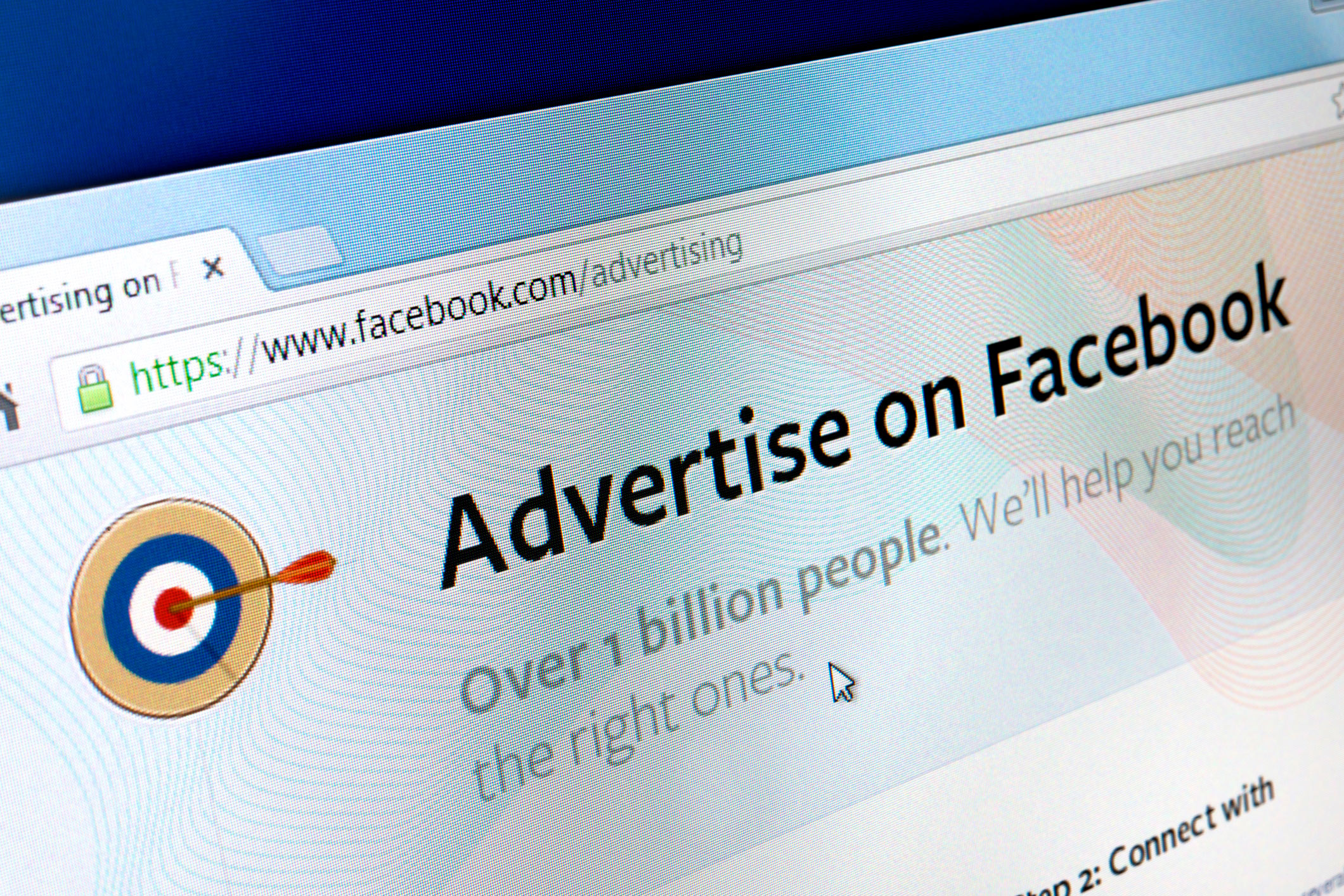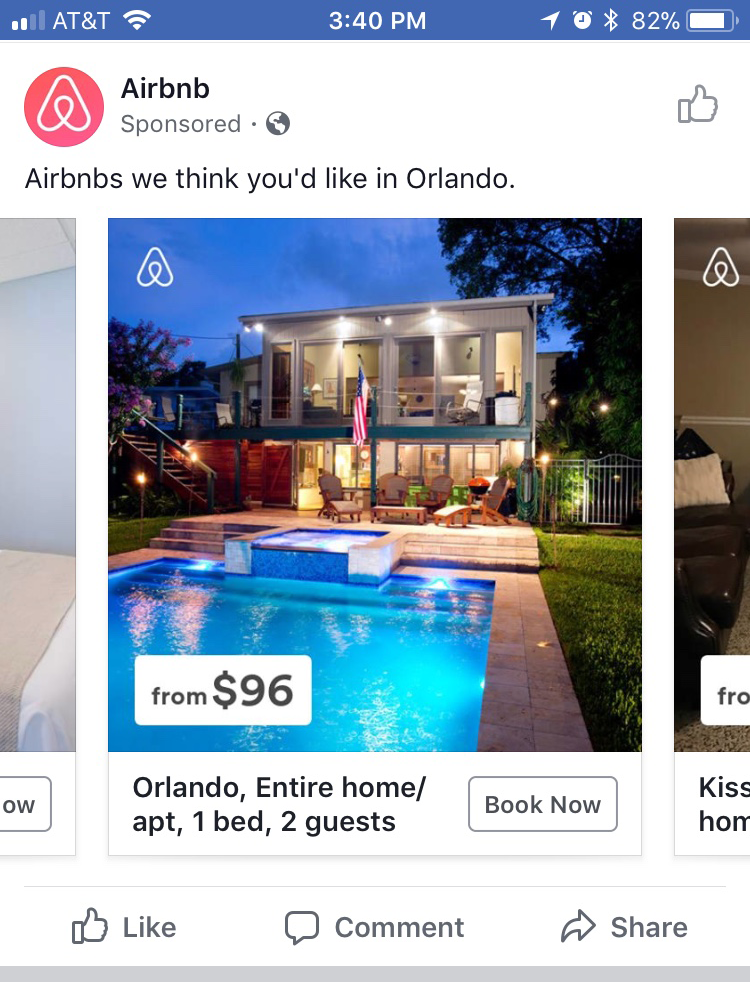According to Ad Week, Facebook earned over $9.16 billion in ad revenue in 2017’s second quarter alone. That – coupled with Facebook’s over one billion daily active users – represents huge opportunities for marketers to reach consumers on social media.
Thanks to its innovative pixel, Facebook makes it even easier to target consumers with focused ads promoting your products and services. If you haven't tapped into this growing market, you're missing out. Here's what you should know, and how you can leverage the pixel to grow your customer base and meet your marketing goals.
What is it?
The Facebook pixel is a small piece of code you install on your website. The pixel is made up of two parts: the base code and a standard event code, which is optional. The base code should be installed on every page of your website. The standard event code is added with the base code, but only on specific pages.
Let’s say, for example, you want to track conversions on a particular form on your website. You would install the standard event code on the confirmation page. This captures all of the people that complete that particular transaction.
What does it do?
Good question. The pixel collects data about your users and the paths they take on your website. You can use this data several ways.
With the Facebook pixel you can:
Create Custom Audiences
If a user is signed into Facebook – which most of us are at all times – and they visit your website, the Facebook pixel tracks the pages they visit and the pages they don’t visit. This allows you to create targeted groups for your advertising campaigns.
Here are a few examples of custom, targeted audiences:
- People that visited your site in the last 30 days.
- People that visited a specific page on your website.
- People that liked a certain Facebook page.
Many others exist, but you get the idea.
Standard Events
A standard event represents an optional piece of code that’s placed alongside the base code on certain website pages. Standard events help build custom audiences and track conversions, which can help you gauge your advertising’s efficiency.
Currently, there are nine standard events.
- ViewContent: When a key page, like a product page, is viewed, e.g., landing on a product detail page
- Search: When a search is made, e.g., when a product search query is made
- AddToCart: When a product is added to the shopping cart, e.g., click on add to cart button
- AddToWishlist: When a product is added to a wishlist, e.g., click on add to wishlist button
- InitiateCheckout: When a person enters the checkout flow without completing the checkout, e.g. click on checkout button
- AddPaymentInfo: When payment information is added in the checkout flow, e.g., click LP on save billing info button
- Purchase: When a purchase is made or checkout flow is completed, e.g., landing on thank you/confirmation page
- Lead: When a sign-up is completed, e.g., click on pricing, sign up for trial
- CompleteRegistration: When a registration form is completed, e.g., complete subscription/sign up for a service
Create Custom Conversions
It’s ok if you’ve installed the base code on your website but aren’t able to install the standard event code. You can opt to create custom conversions with URL rules instead.
For example, if you’re trying to track a purchase event on your website, you can create a custom conversion by adding a URL or part of a URL that represents that conversion. You might set up a rule that states: URL contains /thankyou.php. This represents an order completion page because every user that purchases successfully sees this page. This is equivalent to using a “make purchase” standard event tag.
Tip: If you're using other analytics tools, look at your page views list there, and copy and paste the exact URL to avoid mistakes when setting up custom conversions.
You can also choose the type of conversion and add a monetary value. This can help you determine if your Facebook advertising is meeting your standards. If not, it might be time to update the creative or change the call to action.
The maximum number of custom conversions per ad account is 100, but you can delete old ones.
The Facebook pixel at work
I’ve recently been planning a family vacation to Orlando, Florida. Naturally, I searched the web for places to stay. I searched Airbnb.com to find affordable accommodations that would meet my family’s needs.
Later that night, I randomly browsed Facebook and guess what? Bam! I receive a sponsored ad from Airbnb populated with some of my search criteria. This targeted ad is an example of the Facebook pixel and custom audiences at work.
Should I put the Facebook pixel on my website?
Another great question! That depends. If you plan on using Facebook ads in your marketing efforts, either now or in the future, then the answer is yes. It’s a good idea to install the base code and start gathering information on your website users.
If you don’t plan on placing Facebook ads or using Facebook in your marketing efforts, then don’t bother putting the Facebook pixel on your website. There’s no reason to add extra code to your site if you never plan on using it.
However, if you’re not incorporating Facebook – or social media, in general – into your marketing strategy, you’re missing out on reaching some 69 percent of Americans who use social media.
If you’d like to know more about how the Facebook pixel works and how you can enhance your marketing efforts with social media, contact us here.



